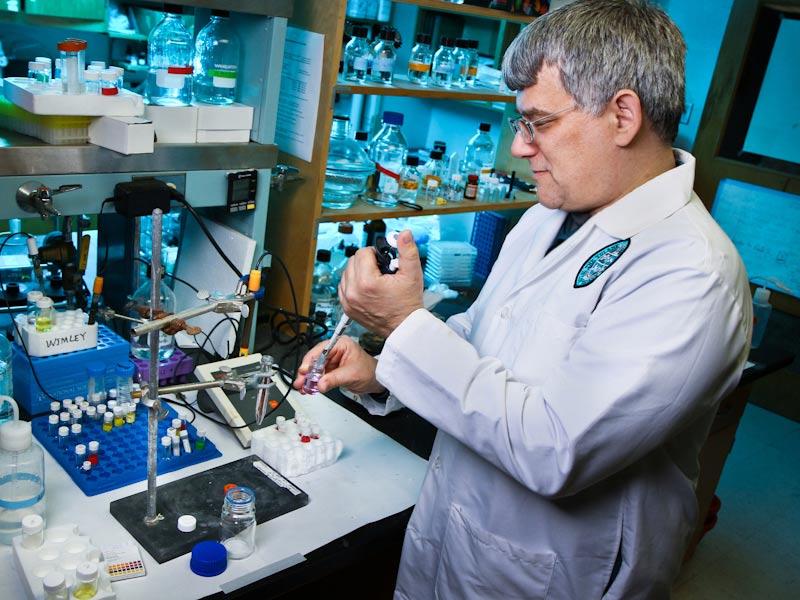Tulane researchers discover possible pathways to treating drug-resistant infections
Drug-resistant bacterial infections are on the rise, while the development of new antibiotics to fight these infections has slowed in recent decades. Mathematical models predict more than 10 million people will die annually from drug-resistant bacterial infections by 2050 if the current rates of increase continue. Now researchers at Tulane University have developed a novel way to identify a new class of antibiotics for use in the fight against drug-resistant bacteria. The results are published in the Proceedings of the National Academy of Sciences.
Membrane permeating antimicrobial peptides have long been considered a potentially promising class of antibiotic that could be used for wound treatment, however, while the peptides work well under laboratory conditions, previous studies have shown these chains of amino acids become inactive in the presence of host cells.
Researchers led by William Wimley, the George A. Adrouny, Ph.D. Professorship in Biochemistry at Tulane University School of Medicine, developed a new way using an animal model to identify compounds that protect wounds in mice from common drug-resistant bacterial infections, including MRSA. The researchers tested antimicrobial peptides directly in the presence of host cells and discovered which peptides retained their activity the longest. They also compared the peptide antibiotics to conventional antibiotics and found, while the bacteria rapidly became resistant to conventional antibiotics, it did not gain any resistance to the peptides.
“The next step is to continue our studies in animal models of infection and explore the potential for these peptides to have real clinical applications,” Wimley said. “We need to fully characterize how they function and, if that works, move in the direction of clinical trials.”
According to the Centers for Disease Control, more than 2.8 million antibiotic-resistant infections occur in the U.S. each year, and more than 35,000 people die as a result.

